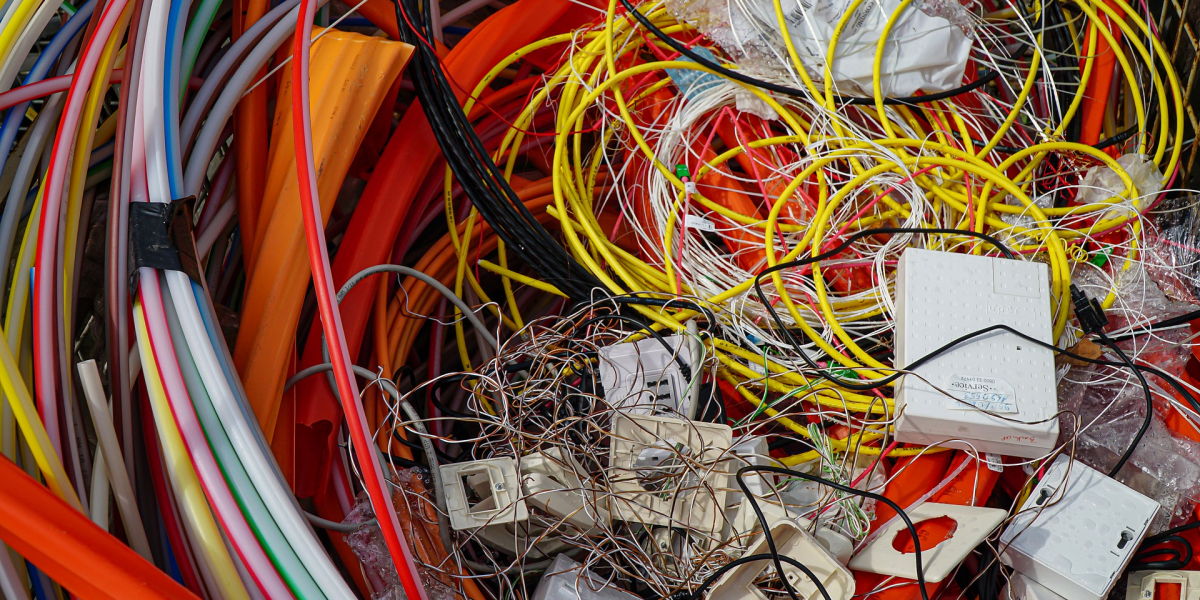
December 16, 2020
Smart Prosperity Institute, in collaboration with L’Institut EDDEC, has catalogued real-world strategies and practices supporting the transition to a circular economy for seven key sectors in the Canadian economy. This research, which is being released one sector at a time in a series entitled Circular Economy Global Sector Best Practices, aims to provide a starting point in the journey towards building Canadian sector roadmaps to a circular economy.
Current modes of production are based on extreme consumption, a linear “take-make-waste” model that is increasingly unsustainable, causing excessive pressure on ecosystems, jeopardizing essential ecosystem services, and endangering material security. In response, the circular economy has been proposed as an alternative model, one which aims to create more value from the materials that already exist in the supply chain. As this model gains momentum and popularity in jurisdictions worldwide, there is growing interest in understanding the application of circularity across all sectors of the economy.
With growing use of consumer electronics and technological obsolescence, the electronics sector is a large producer of waste: e-waste. In 2018, 50 million metric tons of e-waste were generated globally and it is projected that this will more than double by 2050 if nothing changes.[1] Of this waste, only 20% is collected and recycled while the remaining 80% is either thrown into the residual waste stream or dumped, traded, or treated in substandard conditions. [2]
Taking this into account, many electronics companies are undertaking circular solutions to reduce their environmental impact while simultaneously increasing their bottom line. These include strategies to reduce resource consumption and waste, use products more judiciously, extend their utility, and manage their post-consumer life.
A popular circular practice that has been gaining traction lately is that of offering electronic products as a service. This novel business model that shifts one-off transactions for ownership to an ongoing subscription service is a win-win solution. On the one hand, customers access the latest technology without having to pay high upfront costs and use only what they require. On the other, manufacturers retain greater control over the items they produce and build strong customer relationships. Since the success of this model hinges on products being kept in service until their last use, it creates incentives for manufactures to keep the value in products for as long as possible, extend the life of devices, repair them when necessary, and eliminate waste. [3]
One of the first companies to operationalize this model was Phillips. In 2012, the company started to embed circular economy thinking into its strategic vision and mission, inspired by the insight that businesses that tackled the issue of resource scarcity head-on could gain competitive advantage. This resulted in a new business stream of selling lighting as a service to business and municipal customers. Philipps provides the light fixtures and fittings, taking on the technology risk and investment allowing customers to only pay for the light. In many cases, they also take back their equipment to recycle the materials or upgrade them for reuse. This model has proven very successful with energy savings for customers being anywhere from 50 to 70 percent. [4]
The aircraft turbine engine maker, Rolls-Royce, also uses a service model to reduce waste and optimize resource efficiency. When selling aircraft engines, they offer aerospace customers the option to purchase an engine maintenance package which is charged on a fixed $ per flying hour basis. This subscription package removes the burden of engine maintenance from the customer and transfers the management of associated risks to Rolls-Royce. Since the company is only rewarded for engines that perform, it incentivizes better management of the engine throughout its lifecycle. Rolls-Royce has reported that this model has enabled them to enhance repairability of engine components, increase the service intervals between engine overhauls by around 25% and deliver an overall extension in the lifespan of their engines. It has also benefited from continued access to end-of-life products and components that can be recovered and recycled, reducing its need to procure expensive new materials. [5]
While the electronics sector still has a long way to go in mainstreaming circular thinking and overcoming the challenges of ever-growing volumes of e-waste, these and many more promising examples are an encouraging sign of things to come. If you’re interested in learning more about circular strategies and practices currently being employed in the electronics sector, you can find them in Part 2 of the Circular Economy Global Sector Best Practices series.
As mentioned, the series will also be covering circular economy best practices in six other sectors of the Canadian economy. Stay tuned for Part 3 of the series, profiling the Agri-food sector, which will be published in January 2021.
[1] World Economic Forum. (2019). A New Circular Vision for Electronics – Time for a Global Reboot.
[2] Baldé, C. P., Forti, V., Gray, V., Kuehr, R., & Stegmann, P. (2017). Global E-Waste Monitor. United Nations University, International Telecommunication Union and International Solid Waste Association.
[3] World Economic Forum. (2019). A New Circular Vision for Electronics – Time for a Global Reboot.
[4] McKinsey & Company. (2014). Toward a circular economy: Philips CEO Frans van Houten.
[5] Rolls-Royce. (2017). Power by the hour.